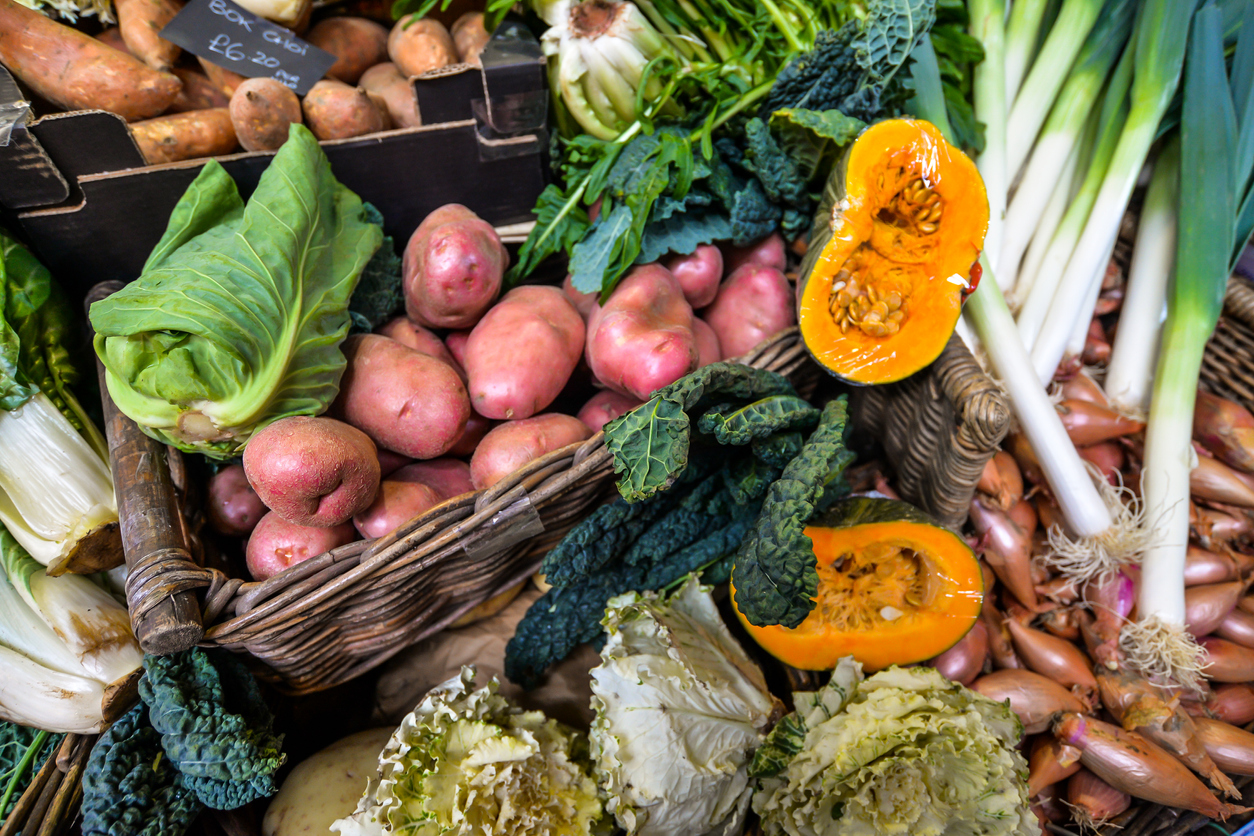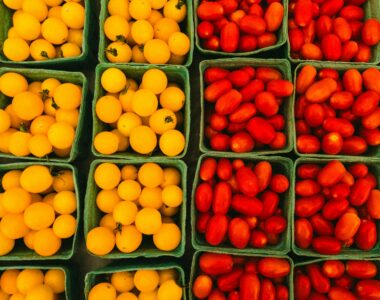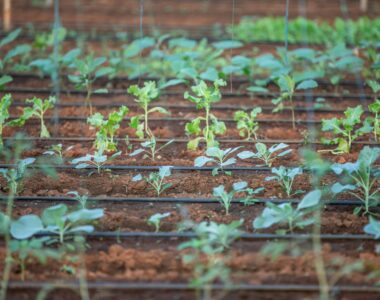
Eating with the seasons isn’t just about enjoying fresh flavors—it’s a healthier, more sustainable, and cost-effective way to shop for food. Seasonal eating connects consumers with the freshest produce while supporting local farmers and strengthening regional food systems.
Whether you’re a farmer selling seasonal products or a consumer looking for the best-tasting ingredients, embracing seasonal eating can make a big impact. In this blog, we’ll explore why seasonal eating is better for your plate, your wallet, and your community.
Why Seasonal Eating Tastes Better
When you eat seasonally, you’re getting food at peak ripeness, meaning better flavor and higher nutritional value. Fruits and vegetables that are grown in their natural season don’t require artificial ripening or extended refrigeration, preserving their freshness and taste.
For example, summer berries are naturally sweeter and juicier when harvested in peak season, while winter squash and root vegetables develop deep, rich flavors when grown in cooler temperatures. When you buy locally, you’re getting produce that was picked at just the right time, rather than weeks in advance for long-distance shipping.
Supporting Local Farmers & Reducing Food Miles
One of the biggest benefits of seasonal eating is the direct support it provides to local farms. When consumers choose food that is grown nearby, they help keep family farms in business and contribute to a stronger local economy.
Eating seasonally also reduces food miles—the distance food travels from farm to table. Less transportation means lower carbon emissions, fresher produce, and a smaller environmental impact.
Cost Savings with Seasonal Eating
Foods that are in season are often more affordable because they are in abundance and don’t require extensive storage or long-distance shipping. When farmers harvest large quantities of a particular crop at peak season, prices tend to drop due to supply and demand.
Shopping seasonally and locally helps you get the best deals on fresh food while ensuring that farmers earn fair prices for their products.
How to Eat with the Seasons
1. Shop at Farmers Markets – Farmers markets offer the freshest, locally grown produce, giving you a direct connection to the people growing your food.
2. Use a Seasonal Food Guide – Learn what’s in season in your area to plan meals around available produce.
3. Preserve Seasonal Foods – Freezing, drying, or canning fresh produce ensures you can enjoy local flavors even when they’re out of season.
4. Find Farms & Products on Farm Trader – Farm Trader connects consumers with local farms, making it easy to discover seasonal food near you.
How Farm Trader Makes Seasonal Eating Easier
Farm Trader helps both farmers and consumers embrace seasonal eating by providing an online marketplace where local farms can list their products. Whether you’re looking for fresh produce, meats, dairy, or other farm goods, you can browse local farms and see what’s in season—all in one place.
For farmers, listing products on Farm Trader ensures that their seasonal harvests are easily found by local customers, helping them sell more and reach a wider audience.
Make Seasonal Eating Part of Your Routine
Embracing seasonal eating benefits your health, your community, and the environment. By choosing fresh, locally grown food, you’ll enjoy better flavors, support small farms, and make a positive impact on the local food system.
Visit Farm Trader today to discover farms near you and shop seasonal, locally grown products straight from the source!



